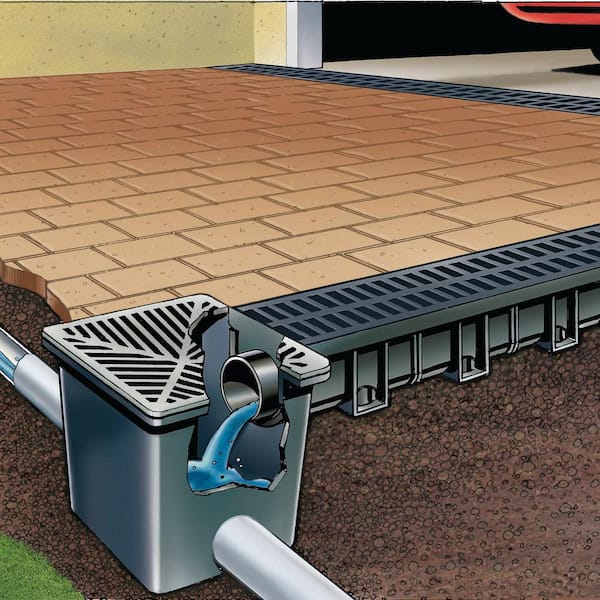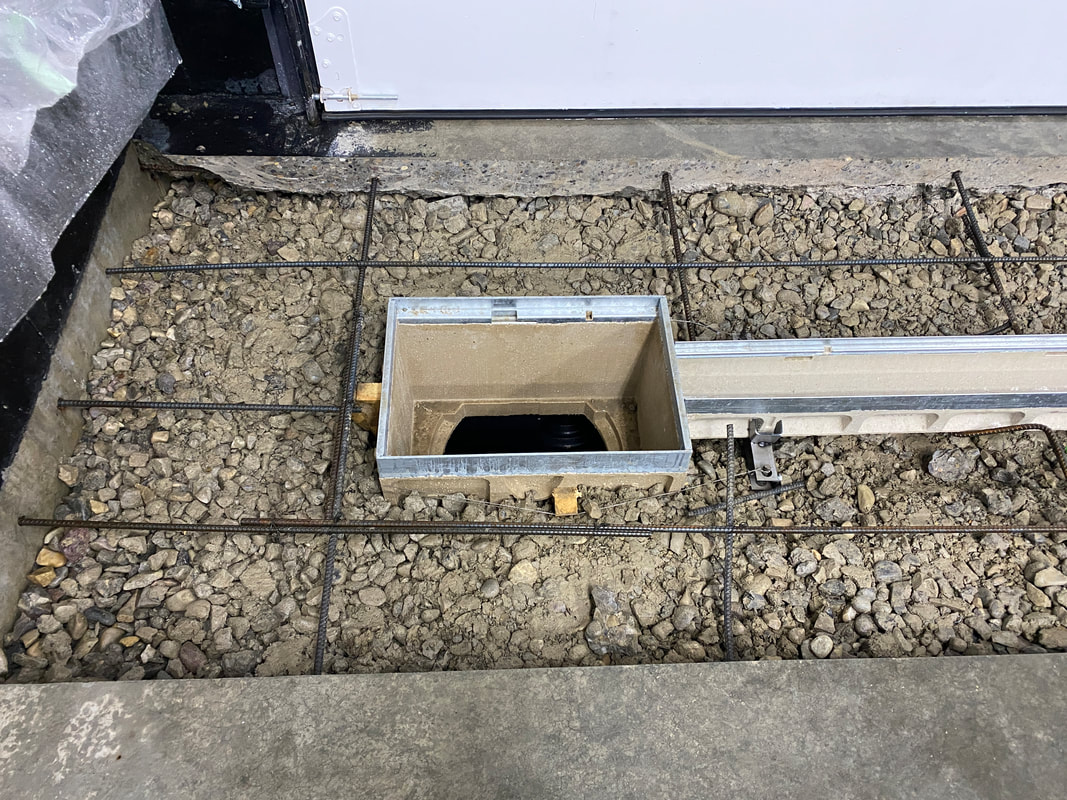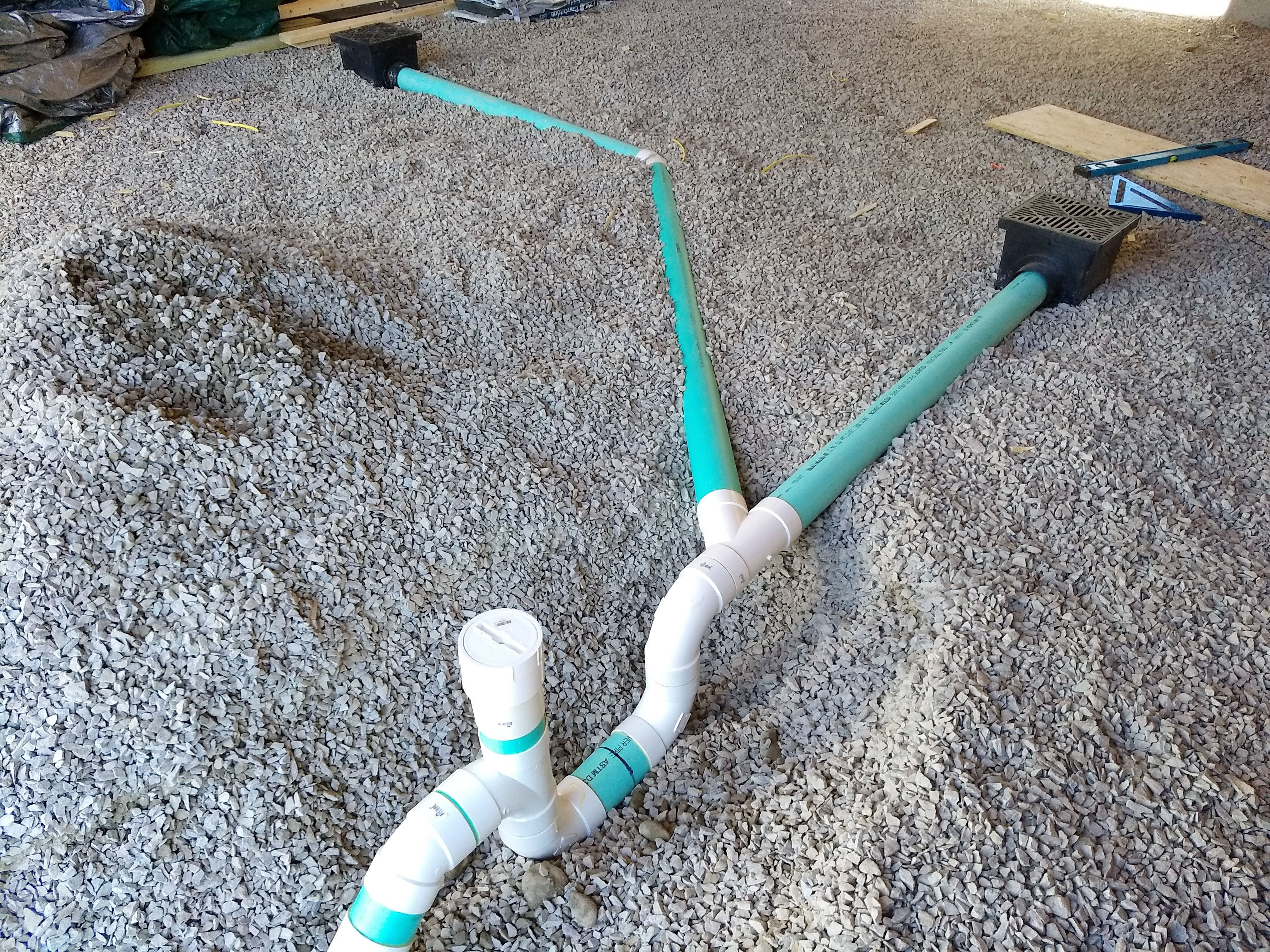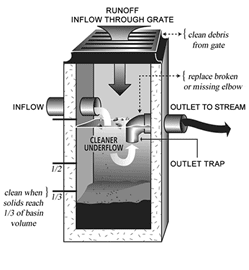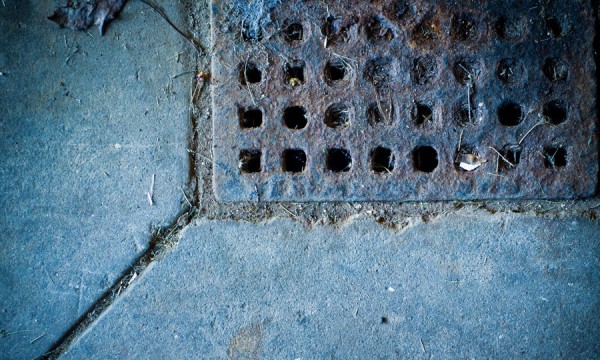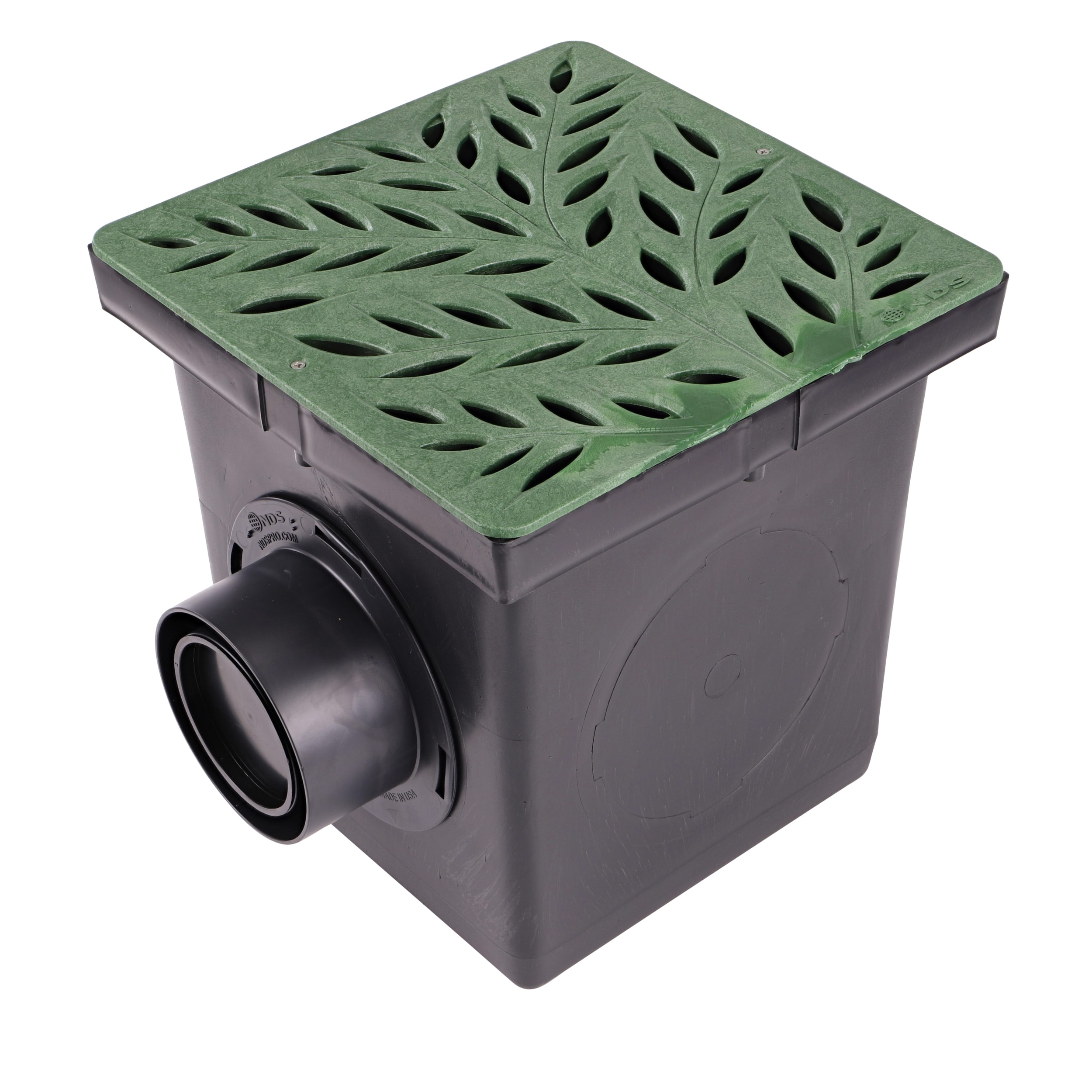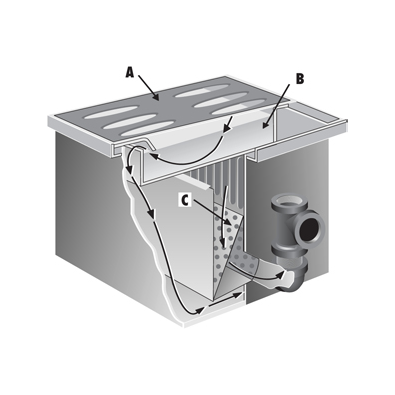A garage floor drain catch basin is a valuable addition to any garage or workshop, offering an effective solution for managing water and preventing flooding. Whether you use your garage for parking vehicles, as a workspace, or for storage, heavy rains and melting snow can lead to unwanted water accumulation. Installing a floor drain catch basin can help prevent water damage, maintain a clean and dry environment, and provide a safe space for your activities. In this comprehensive guide, I will take you through the benefits and installation process of a garage floor drain catch basin.
The Benefits of a Garage Floor Drain Catch Basin
A garage floor drain catch basin offers several key benefits that make it a practical investment. First and foremost, it efficiently collects and channels water away from the garage floor. This helps prevent water from pooling and causing damage to your belongings, such as tools, equipment, or stored items. Additionally, it reduces the risk of slips and falls due to wet and slippery surfaces, ensuring a safer environment for you and your family.
Furthermore, a garage floor drain catch basin can also protect your vehicles from potential water damage. When parked inside the garage, cars can be exposed to water seeping in during heavy rainfall or flooding, leading to rust, corrosion, and other issues. With a catch basin in place, excess water is promptly removed, keeping your vehicles dry and well-maintained.
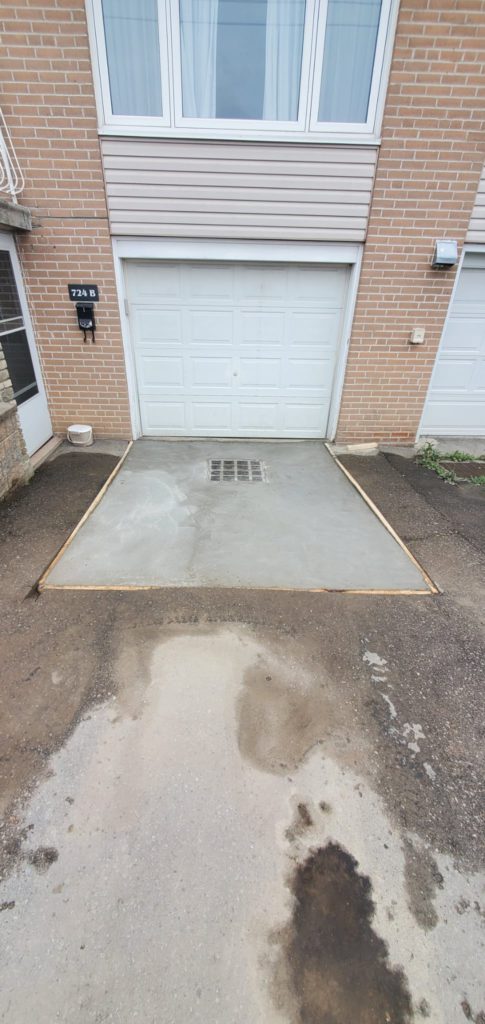
Choosing the Right Catch Basin
Before installation, it’s essential to select the right catch basin for your garage floor. Consider the size and capacity of the catch basin based on the average water flow and the size of your garage. Choose a catch basin made of durable materials that can withstand heavy use and exposure to various chemicals and substances commonly found in garages.
When selecting a catch basin, also consider whether you want a standard floor drain or a trench drain. A standard floor drain is ideal for general water management, while a trench drain is more suitable for handling larger volumes of water and is often used in areas where water flow is concentrated.
Installing the Garage Floor Drain Catch Basin
The installation of a garage floor drain catch basin should be done carefully and accurately to ensure its proper functioning. Start by marking the location where the catch basin will be installed. It’s essential to choose a spot that allows easy access and efficient water collection.
Next, prepare the floor for installation by cutting an opening that fits the dimensions of the catch basin. Follow the manufacturer’s instructions for this step, as different catch basins may have specific requirements. Place the catch basin into the opening and ensure it sits level with the garage floor.
Connect the catch basin to the drainage system, ensuring a tight and secure fit. Use appropriate connectors and sealants to prevent leaks. Finally, test the system by pouring water into the catch basin and observing its flow and drainage performance.
A garage floor drain catch basin is a practical and essential addition to any garage or workshop, offering efficient water management and protection against potential water damage. By choosing the right catch basin and installing it correctly, you can create a safe and dry environment that enhances the functionality and longevity of your garage space. With a properly installed floor drain catch basin, you can rest assured that your garage is well-equipped to handle water-related challenges, providing you with peace of mind and a clean, safe, and functional workspace.
How a Garage Catch Basin Works
U.S. TRENCH DRAIN 13 in. Storm Water Pit and Catch Basin for
Drainage
Drainage
NDS Catch Basin Installation – Drainage Solutions, Inc.
NDS® Catch Basin with Grate at Menards®
How to install a floor drain in your garage – The Washington Post
What is a Catch Basin? The BrickKicker
EMPTYING GARAGE DRAIN First Time Emptying My New Garage Floor Drainage System in the Winter
What are the benefits of a garage floor catch basin? Smart Tips
NDS 12 in Square Catch Basins and Grates 12-in L x 12-in W Catch Basin
Garage Drains – Rockford Separators
Related Posts:
- Garage Floor Paint Options
- Garage Floor Tiles Design
- Garage Floor Repair
- Garage Floor Cleaning Tips
- Garage Floor Vinyl Tiles
- Non Slip Garage Floor Paint
- Garage Floor Layout
- Redo Concrete Garage Floor
- Stain Garage Floor Yourself
- Garage Floor Work Mat
Garage Floor Drain Catch Basin: A Comprehensive Article
Having a garage floor drain catch basin is one of the most important features of any garage. It helps to keep the garage dry and free from standing water, which can cause damage to the structure and its contents. In this article, we will discuss in detail what a garage floor drain catch basin is, why it is necessary, and some of the different types available. We will also provide answers to some frequently asked questions about installing a catch basin in your home’s garage.
What is a Garage Floor Drain Catch Basin?
A garage floor drain catch basin is an essential part of a drainage system for garages. This type of catch basin is designed to capture and contain liquids such as rainwater or snow melt that may enter the garage. The catch basin is typically located at the lowest point of the garage floor, where water naturally collects and pools. The catch basin is then connected to a drainage system, which is usually an underground pipe or channel that leads away from the garage.
Why is a Garage Floor Drain Catch Basin Necessary?
Having a garage floor drain catch basin is necessary for many reasons. Firstly, it helps to keep the garage dry and free from standing water, which can damage the structure and contents of the space. Additionally, it can help prevent flooding in the event of heavy rains or snow melts by providing an outlet for excess water. Without a catch basin, water may accumulate in the lowest areas of the garage, leading to potential flooding and costly damage repairs.
Different Types of Garage Floor Drain Catch Basins
There are several different types of catch basins available for use in garages. The most common type is a standard plastic drainage pan with a grate on top, which allows liquids to pass through while keeping debris out. Other types include metal or concrete basins with grates, as well as custom-built solutions such as pre-formed plastic liners and drainage channels with grates. Depending on your specific needs and budget, there are many options available to suit your needs.
FAQs About Installing a Garage Floor Drain Catch Basin
Q: How do I install a garage floor drain catch basin?
A: Installing a catch basin in your garage takes some time and effort but can be done with basic DIY skills. Start by locating the lowest point on your garage floor, then mark out where you want to install the catch basin. Once you have marked out the area, dig out enough soil so that you can fit the basin into the ground and connect it up to the drainage system. Then fill in any gaps around the sides with soil or gravel and cover with a grate to prevent debris from entering. Finally, check for leaks before using it.
Q: What should I consider when choosing a catch basin for my garage?
A: When choosing a catch basin for your garage, there are several factors you should consider. Firstly, think about how much water you expect to collect in the basement – this will determine what size of basin you need. Additionally, consider materials – metal or plastic basins are generally quite durable and easy to maintain but may require additional protection against corrosion if they are exposed to harsh weather conditions. Finally, make sure you choose a grate that will keep out debris but still allow liquids to pass through easily.
Q: How often should I clean out my garage floor drain catch basin?
A: It is important to regularly inspect and clean out your catch basin to ensure it is functioning properly and not accumulating debris that could block it up over time. Generally, it’s best to check your catch basin every month or two and remove any debris that has accumulated in it using tools such as a net or vacuum cleaner hose attachment. If you notice any cracks or damage to the basin itself, it’s best to replace it right away so that you can avoid any potential problems in the future.
Conclusion
Installing a garage floor drain catch basin is an essential part of keeping your home’s garage safe and dry from potential floods or standing water accumulation caused by poor drainage systems. There are many different types available on the market


